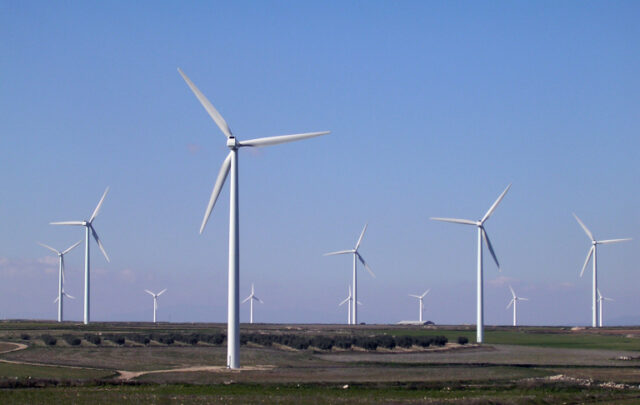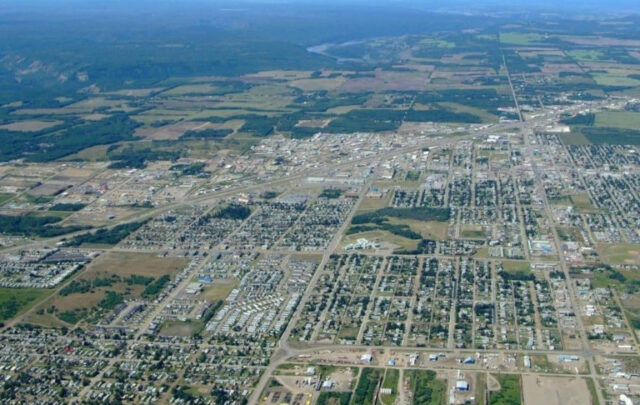Click on the headline (link) for the full text.
Many more articles are available through the Energy Bulletin homepage
LEDs Emerge to Fight Fluorescents
Peter Svensson, Associated Press via Common Dreams
The light bulb, the symbol of bright ideas, doesn’t look like such a great idea anymore, as lawmakers in the U.S. and abroad are talking about banning the century-old technology because of its contribution to global warming.0511 04
But what comes next? Compact fluorescent bulbs are the only real alternative right now, but “bulbs” that use light-emitting diodes, or LEDs, are quickly emerging as a challenger.
LEDs, which are small chips usually encased in a glass dome the size of a matchstick head, have been in use in electronics for decades to indicate, for example, whether a VCR is on or off.
Those LEDs were usually red or green, but a scientific breakthrough in the 1990s paved the way for the production of LEDs that produce white light. Because they use less power than standard incandescent bulbs, white LEDs have become common in flashlights.
Established players in the lighting industry and a host of startups are now grooming LEDs to take on the reigning champion of residential lighting, the familiar pear-shaped incandescent light bulb.
(11 May 2007)
IBM starts green business arm
Tom Young, Computing
IBM yesterday announced it is investing $1bn (£0.5m) a year to increase energy efficiency within its own IT departments and those of its clients.
‘Project Big Green,’ will target corporate data centres and includes a new global ‘green team’ of more than 850 energy efficiency architects from across IBM.
The plan includes new products and services for IBM and its clients to reduce data center energy consumption by an average of 42 per cent.
‘The data centre energy crisis is inhibiting our clients’ business growth as they seek to access computing power,’ said Mike Daniels, senior vice president, IBM Global Technology Services.
‘Many data centers have now reached full capacity, limiting a firm’s ability to grow and make necessary capital investments. Today we are providing clients the IBM action plan to make their data centers fully utilised and energy efficient.’
Energy spending has how reached 50 per cent of hardware spending, according to analyst IDC, and is expected to increase to 70 per cent over the next four years.
(11 May 2007)
Union: Overloaded grid ready to ‘pop’: Warns of blackouts, explosions
Dave Wedge, Boston Herald
With temperatures already surging into the 80s and a scorching summer on tap, many Massachusetts communities could face a spike in blackouts – and possibly even explosions – from thousands of potentially dangerous overloaded electrical transformers.
Documents obtained by the Herald show more than 12,000 transformers from Attleboro to Ayer are operating at above 200 percent capacity, with some as high as 900 percent over design standards. Union officials, who last night reached an agreement in contract talks with National Grid, say the overloads are pushing the state’s electrical system to the brink and could lead to widespread blackouts this summer.
“I would predict that you’re going to see more outages this summer because of transformer failure than any other summer,” said Gary Sullivan, president of the Utility Workers of America Local 369. “Now that we’ve gotten the data and seen how bad it is, we can’t imagine it’s not going to start to pop.”
But National Grid spokesman David Graves said most tranformers fail from lightning, not overuse, and that the company is within industry standards.
(12 May 2007)





